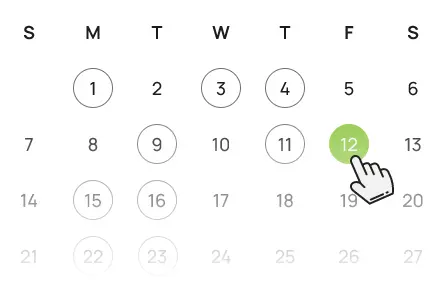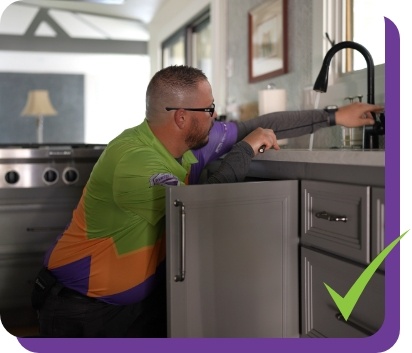Hard water contains high levels of minerals that affect the longevity of pipes and appliances, so installing a whole home water filtration system in Boise, ID is important. Whether you have city water or healthy water, it makes sense to set your standards for water quality with a whole home water filtration system. You can relax when you hear about VOCs and PFAS, arsenic, and lead. You’ll know that you’ve made sure your family is drinking quality water, even from the tap. A whole home water filter in your Treasure Valley home takes care of water hardness, protecting your plumbing and improving your tap water experience for your laundry. Showers, even reducing the scale of your coffee maker.
Whole Home Water Filtration System in Boise, ID
Any New Plumbing Service

Simple Online Booking


Whole Home Water Filtration System Experts
Considering your water filtration options begins with a professional water test by our Perfect, Plumbing Heating & Air experts to identify contaminants in your water supply. With that information, we can target your water quality concerns in Boise and provide the right technology for your home. There are varying levels of whole-home water filtration systems, from cation exchange systems commonly known as water softeners to activated carbon filters and reverse osmosis. They improve your Treasure Valley water’s taste, remove contaminants that could affect your health, and neutralize minerals to protect your plumbing. They even enhance the action of your shampoos and detergents. In addition, our whole home water filtration system experts provide ongoing care to ensure your water quality stays consistently excellent!
- Ineffective laundry detergent and discolored clothes
- Itchy skin and poor shampoo experience
- Accelerated corrosion in pipes and appliances
- Discolored sinks and tubs
- Scale accumulation in water heaters, coffee makers, and pipes
Boise Water Filtration Professionals
In an area like Treasure Valley with hard water, many families have a whole home water filtration system to take care of the minerals in our water supply. By inserting the system in the incoming water line, every part of your home’s plumbing carries better quality water, and all your pipes and appliances benefit. Our whole home water softener system team provides ongoing care while you enjoy better-tasting water and relief from hard water in your home. You’ll experience the difference in so many ways, some day-to-day, like less scale in your coffee maker or brighter laundry. Other whole home water softener benefits will accumulate over time, with reduced plumbing problems.

©2024 Perfect, Plumbing Heating & Air. All Rights Reserved. License: #HVC-C-4885 ; #PLB-C-8456. Privacy Policy. Web Design and Internet Marketing by RYNO Strategic Solutions